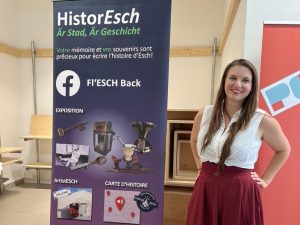Empowering unheard voices to make history more inclusive
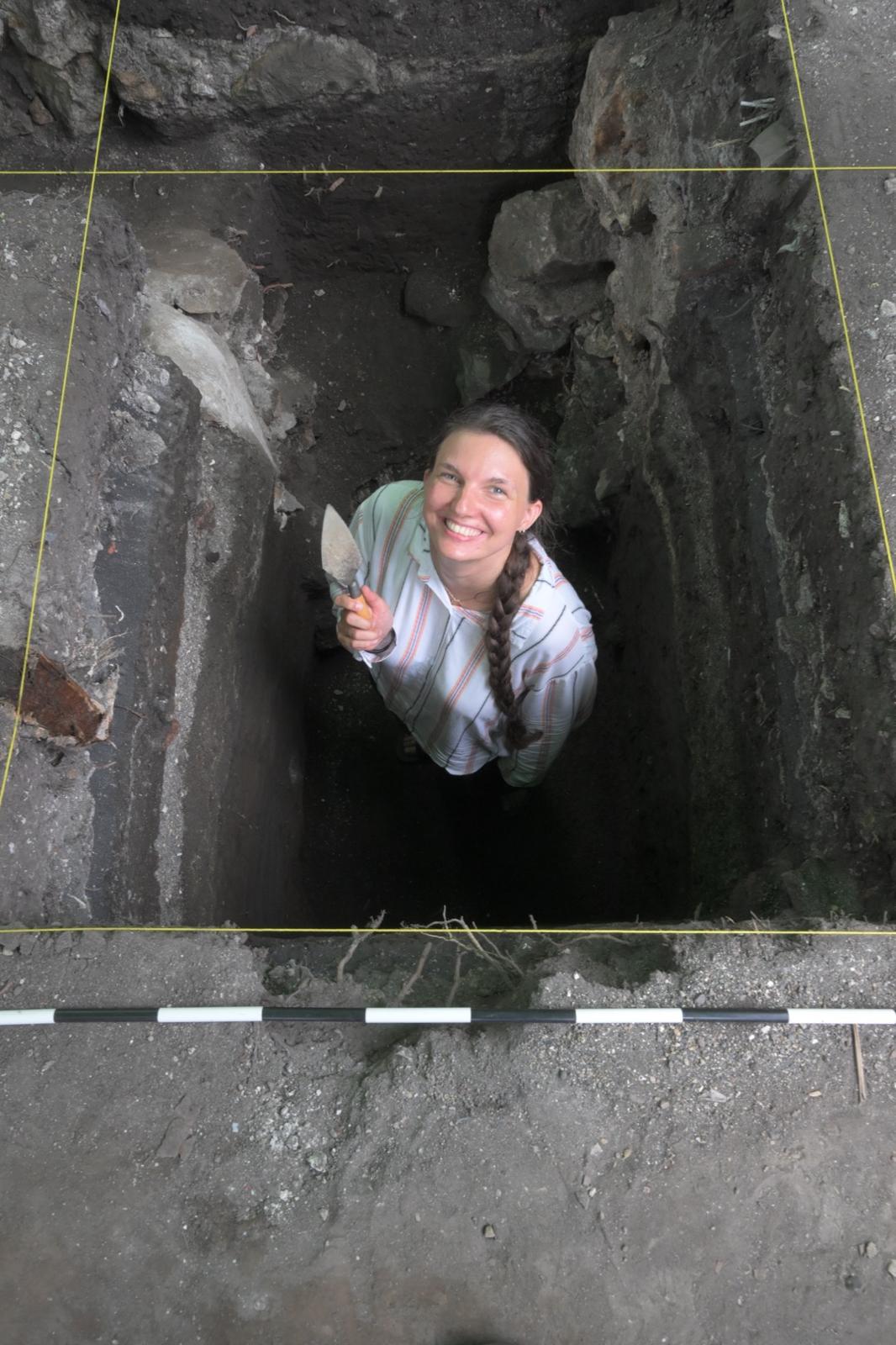
Even when she was a young child growing up in a small Dutch town, Joëlla Van Donkersgoed liked discovering objects on the family farm. “My parents always said, ‘You’re a little archaeologist’, and I think the idea kind of stuck with me.”
During her first year at university, one of her professors got excited about the prospects of commercial archaeology, given the fact that a new heritage law had passed in the Netherlands around that time. Van Donkersgoed went on to earn her bachelor’s and master’s from Leiden University, specialising in public archaeology and archaeological heritage, areas which she believed would be both hands-on but also provide secure job prospects.
Then, during an exchange programme in New Jersey at Rutgers University, where she would later earn her PhD in cultural heritage and preservation studies, she attended a UNESCO conference about cultural landscapes. “I became very interested in this connection between nature and humans and how we have co-created landscapes together,” she recalls.
Her PhD research focused on the cultural landscape of the Banda Islands in Indonesia, with a focus on community empowerment—something that greatly influences her overall research and approach. “I believe that the past is very polyvocal and has multiple narratives, that there are multiple realities, and that throughout the process of creating history, creating archives, it’s the elitist, male, white perspective that has often dominated,” she explains.
‟ Through public engagement, through bottom-up approaches, we can empower those unheard voices and make history more inclusive, more comprehensive”
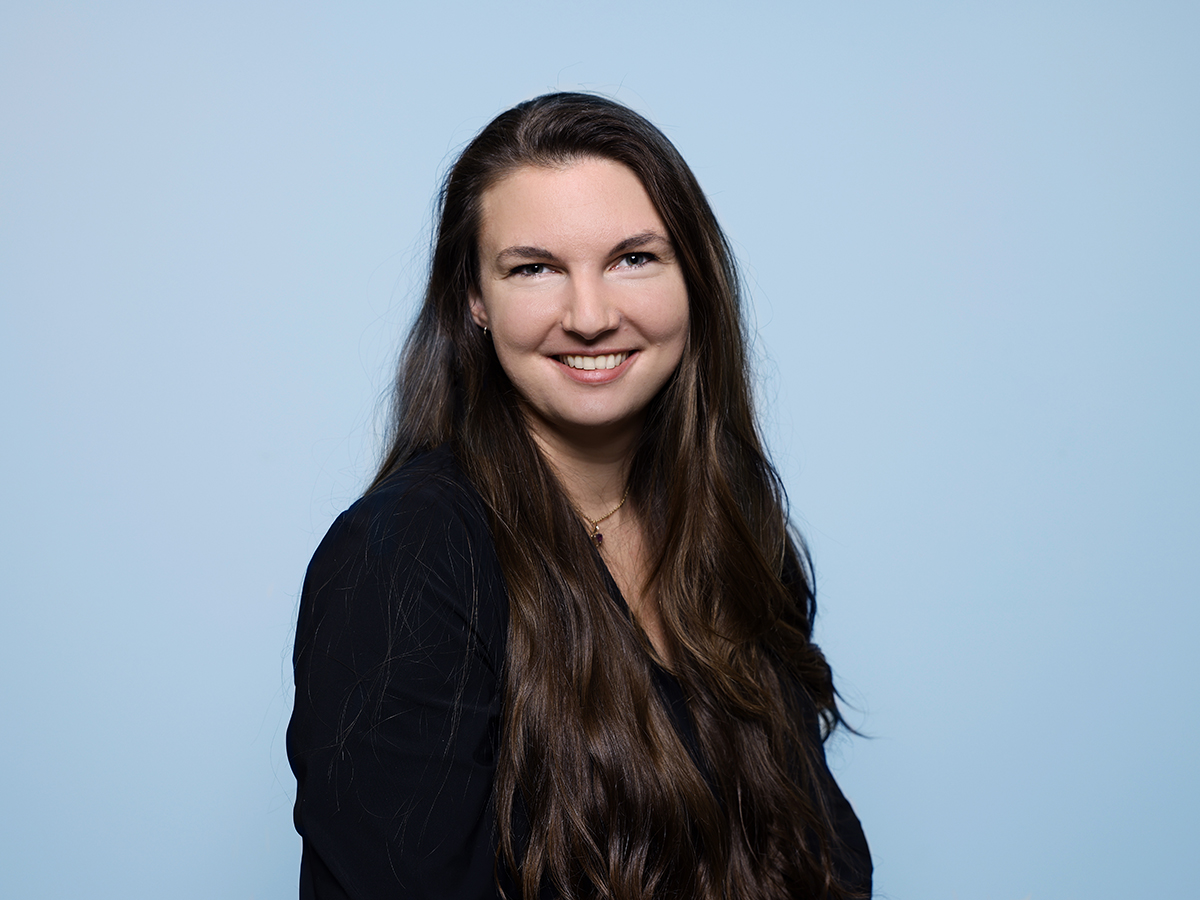
Postdoctoral researcher
Establishing trust with local communities
Van Donkersgoed is the founder of the Historesch Gesinn project which she has led since its launch. The project, funded by FNR PSP-Flagship, aims to build a social hub where the public can engage with research being carried out at the C2DH. Given that the C2DH is relatively young, Van Donkersgoed saw the need to establish trust with different communities in Luxembourg, especially as researchers come and go.
Cultural institutions are welcome to collaborate with the platform, and topics can be quite broad. One example is a project that was organised with the Luxembourg City Museum for its Urban History Festival through which Historesch Gesinn helped develop an audio tour with oral histories from Bonnevoie. “HearHere” signs in the neighbourhood included a toll-free phone number for passers-by to access the audio tour, available in English, Luxembourgish, French and Portuguese versions.
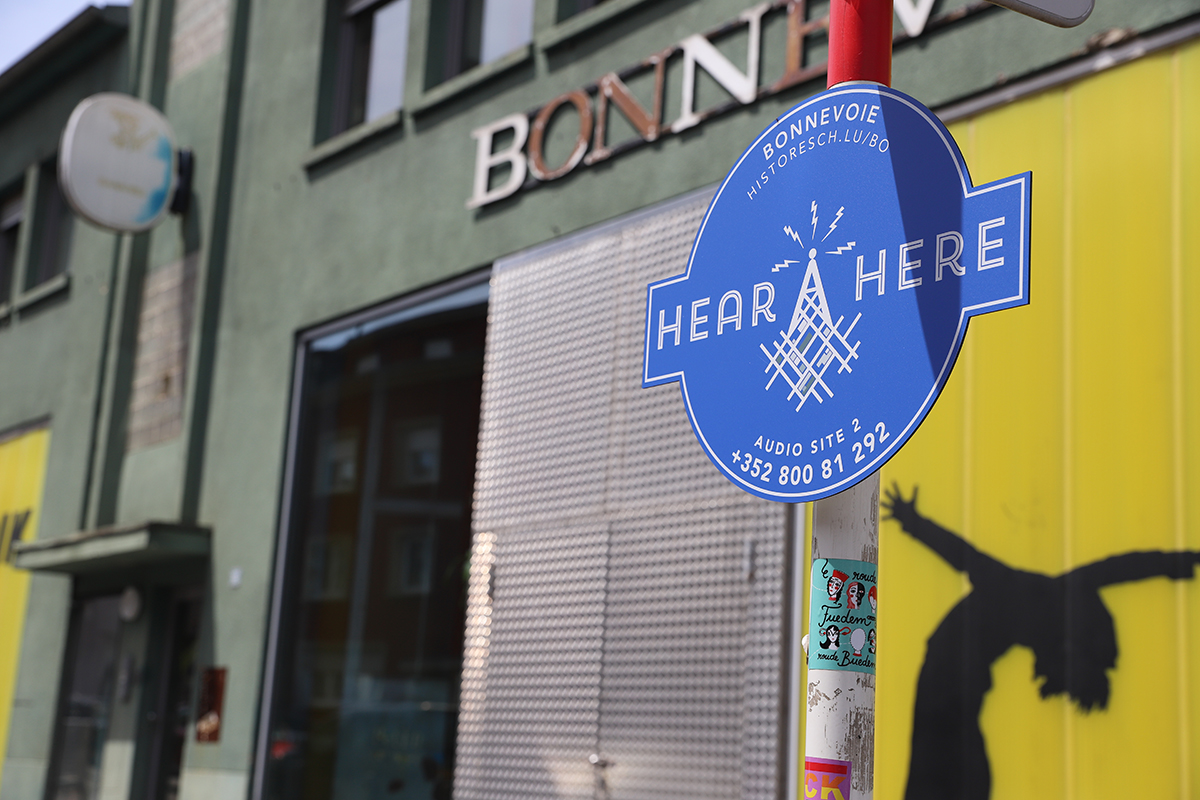
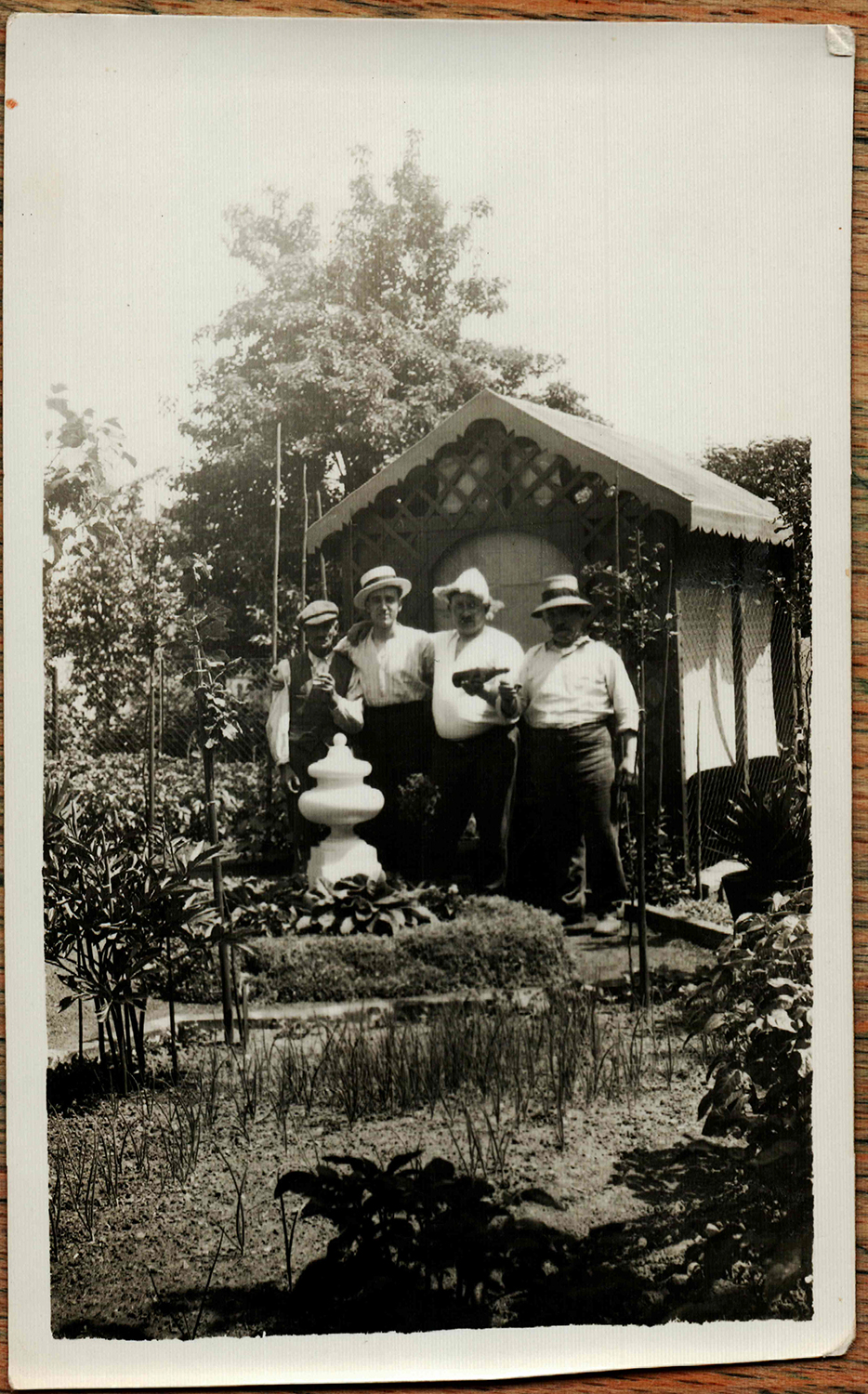
During the project, Van Donkersgoed says they asked locals about community gardens. As a result, some of the interviewees provided their own personal photos. Van Donkersgoed is particularly fond of an image of a grandmother in a garden. Another photo includes four men in front of a garden shed, smiling, enjoying a drink together. “Community gardens are interesting because they also show this multicultural society we’re living in and the exchange of recipes and horticultural traditions that took place in these spaces,” Van Donkersgoed explains.
“It makes history so much closer when you get these personal stories and insights,” Van Donkersgoed adds. Together with Denis Scuto, she has launched a new initiative to collect photographs, memories, and memorabilia related to the rich history of the Jeunesse football club in Esch sur Alzette. The aim of this crowdsourcing campaign is to contribute to a future museum in the club’s new clubhouse, showcasing the stories of its players, coaches, and supporters.
An open-door policy
Managing the Historesch Gesinn platform is time intensive and involves uploading files, promoting events, even organising translations, as the website is in five languages. Van Donkersgoed gets help from a student assistant, Tatiana Martins Da Costa, and the pair are constantly experimenting to find the best ways to engage with the public.
Van Donkersgoed also enjoys networking with other researchers at the C²DH and likes how the centre builds on the strengths it has. Doctoral researcher Véronique Faber, for instance, has been researching the Schueberfouer as part of the Popkult60 project. Through this research, she was in touch with the Magica Club Lëtzebuerg, which had a photo album with magicians, many of whom couldn’t be identified.
The project was a good fit for Historesch Gesinn. “We digitised some of the photographs, put them online, and developed a new tool where poeople can click on the faces on the pictures and identify who they are,” Van Donkersgoed explains. “We’re trying to gain more information about these social events, which is very much a part of living memory.”
Van Donkersgoed also praises the C²DH’s flat hierarchy. “It’s easy to engage with people from different tracks, from different parts of the centre. You can very easily create connections across research areas. The open-door policy works really well here.”
